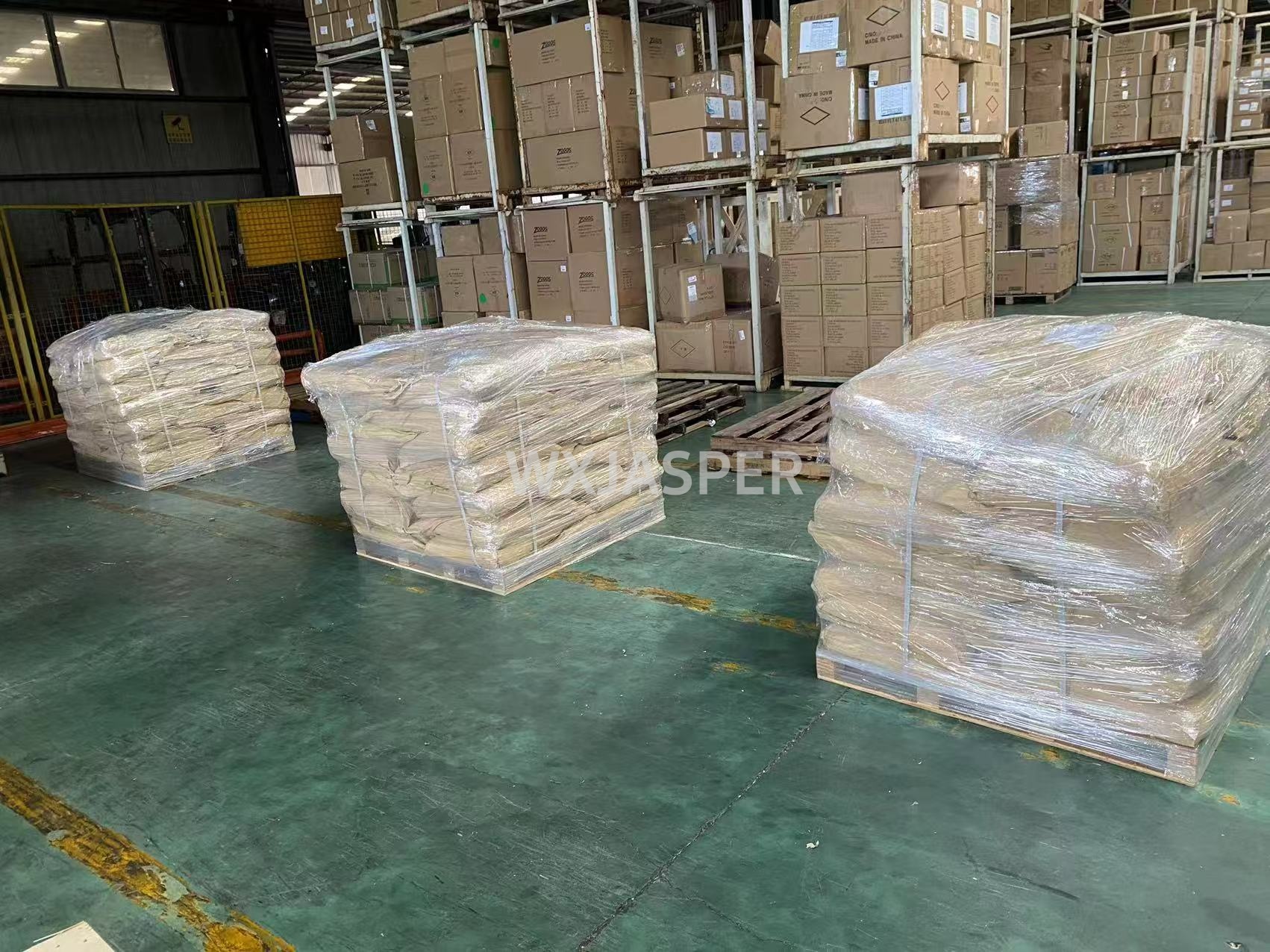Your Location:Home > Products > Solvents > Carrageenan



CasNo: 11114-20-8
MF: (C₁₂H₁₈O₁₈S₃Na₃)ₙ
Appearance: powder
Delivery Time: 15 days
Packing: 25kg/bag
Purity: 99%
|
Indicator |
Typical Values (κ-/ι-/λ-Type, 1% Aqueous Solution) |
Description |
|
Appearance |
White to off-white powder; odorless |
High-quality products have no visible impurities; finer powder dissolves faster (usually 80–120 mesh). |
|
Solubility |
Insoluble in cold water; soluble in hot water (>70°C, forming a transparent solution); insoluble in organic solvents (e.g., ethanol, acetone) |
Stirring is required during dissolution to avoid caking. κ-/ι-types gel upon cooling; λ-type remains a viscous liquid. |
|
Gelling Properties (25°C) |
κ-Type: Hardness 1500–2500 g/cm² (rigid/brittle); ι-Type: Elasticity 80%–90% (soft/flexible); λ-Type: Non-gelling |
κ-Type requires K⁺ to enhance gel hardness; ι-Type needs Ca²⁺ to improve elasticity; λ-Type functions only as a thickener. |
|
Viscosity (70°C, 1% Aqueous Solution) |
κ-Type: 200–500 mPa·s; ι-Type: 300–600 mPa·s; λ-Type: 500–1000 mPa·s |
Viscosity decreases with increasing temperature; adding salts (e.g., KCl, CaCl₂) adjusts gelling properties of κ-/ι-types. |
|
pH Value (70°C, 1% Aqueous Solution) |
6.0–8.0 (near-neutral) |
Stable at pH 4.0–10.0; prone to hydrolysis under strong acids (pH < 3.0) or alkalis (pH > 11.0). |
|
Stability |
Stable in dry conditions at room temperature; aqueous solutions may degrade with prolonged heating (>4 hours at >80°C); avoid contact with strong oxidizers. |
Solid powder has a long shelf life; gel products require refrigeration (0–10°C) to prevent microbial growth. |
|
Compatibility |
Compatible with most food ingredients (sugars, proteins, salts); may precipitate when mixed with cationic polymers. |
Suitable for dairy, meat, and beverage formulations with no complex compatibility testing needed. |
|
Product Type |
Recommended Dosage (by Type) |
Core Function |
|
Jellies, Puddings, Gummy Candies |
κ-Type: 0.5%–1.0%; ι-Type: 0.3%–0.8% |
Forms stable gels to control texture; reduces sugar usage (replaces 10%–15% sucrose). |
|
Dairy (Yogurt, Milk Beverages) |
λ-Type: 0.1%–0.3%; κ-Type: 0.05%–0.1% |
Thickens and stabilizes to prevent whey separation; improves mouthfeel and extends shelf life. |
|
Processed Meats (Sausages, Luncheon Meat) |
ι-Type: 0.3%–0.6%; κ-Type: 0.2%–0.4% |
Retains water and oil (reduces moisture loss by 5%–10); enhances elasticity and slicing performance; prevents fat separation. |
|
Beverages (Fruit Pulp, Plant Protein Drinks) |
λ-Type: 0.1%–0.2% |
Suspends pulp or protein particles to avoid stratification; adjusts viscosity for better drinkability. |
|
Sauces (Ketchup, Salad Dressing) |
λ-Type: 0.2%–0.5% |
Thickens and stabilizes to prevent sedimentation; improves spreadability and avoids caking. |